Japanese Knife
Japanese Chef Knives Cut Better Than Japanese Swords of Samurai!?
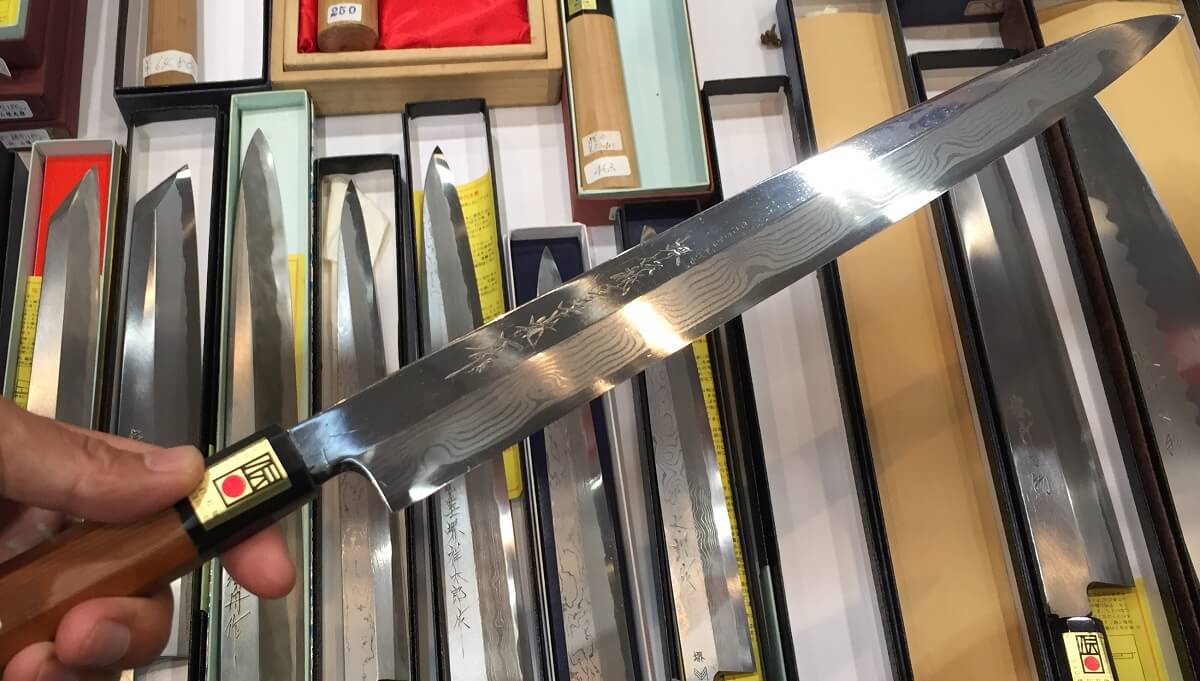
Japanese chef knives are sometimes described as “cut things like Japanese Swords of Samurai”. Two of the most characteristic features of Japanese chef knives are their sharpness and hardness of the blades. Considering relatively weak physique of Japanese race, it was hard for them to fight with heavy swords for a long time. Therefore, swordsmiths in Japan had put more focus on sharpness so that swords could be lighter but cut things better. It is a different direction of Western swords mainly developed in European countries.
In comparison, main features of Western swords are durability and flexibility. European people, Vikings and medieval knights for example, had fought powerfully with heavy swords made by heavy metals such as bronze. Having well-built bodies, they had chopped things with weights of heavy swords. Heavy but easily processed metals like bronze was a best material to make their swords.
Thus, features and the way of use are different between Japanese swords and Western swords.
Japanese Sword of Samurai
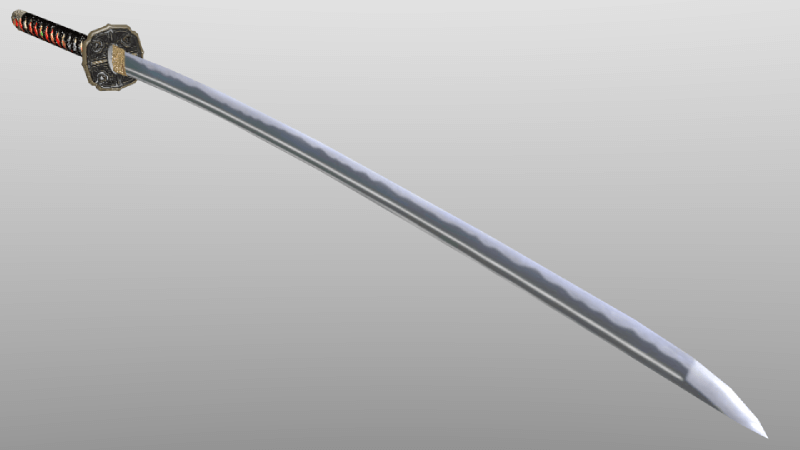
European Sword
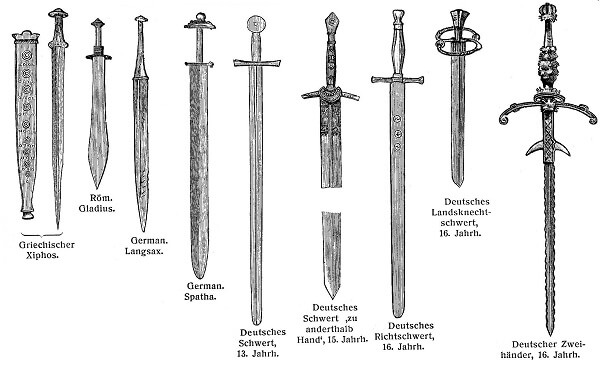
Which cuts things better? Japanese swords of Samurai and Japanese chef knives of the present? Opinion of swordsmith is…
Swordsmiths in Japan stop making swords for Samurai when Japanese Government enforced the Law of Prohibition of Carrying Swords in late 19th century. Although blacksmiths had made Japanese swords for Samurai in various cities in Japan until the law was in force, they converted their products from swords to cutlery such as kitchen knives, scissors and sickles. At the same time of the Law of Prohibition of Carrying Swords, making Japanese swords was also prohibited by the government, and it is active in present. Because a permission of the government is required to make Japanese swords, the production technique and skills have been handed down only among a few swordsmiths who are permitted from the government. Therefore, those skills and techniques are precious, and their product of Japanese swords are more like an art object than an utility goods.
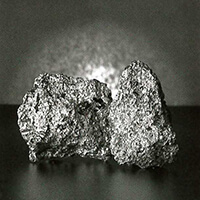 The making process of Japanese swords starts from refining a special steel called “Tamahagane” by a traditional Tatara method, followed by repeatedly forging the steel to form the blade. Japanese swords making has to follow these strict processed enacted by the Society for Preservation of Japanese Art Swords. Because of the restriction, Japanese swords cannot adopt latest materials and forging technologies which can improve sharpness and hardness, two most important features of Japanese swords. On the other hand, chef knives and kitchen knives has been improved by using latest materials (e.g. highest quality stainless steels) and present technologies. Therefore, it is natural that quality of chef knives in present is better than Japanese swords which no longer can evolve. In fact, contemporary swordsmiths in Japan admit that as a fact.
The making process of Japanese swords starts from refining a special steel called “Tamahagane” by a traditional Tatara method, followed by repeatedly forging the steel to form the blade. Japanese swords making has to follow these strict processed enacted by the Society for Preservation of Japanese Art Swords. Because of the restriction, Japanese swords cannot adopt latest materials and forging technologies which can improve sharpness and hardness, two most important features of Japanese swords. On the other hand, chef knives and kitchen knives has been improved by using latest materials (e.g. highest quality stainless steels) and present technologies. Therefore, it is natural that quality of chef knives in present is better than Japanese swords which no longer can evolve. In fact, contemporary swordsmiths in Japan admit that as a fact.
There are more than 1200 years of technical interchanges between Japanese swords and chef knives
The oldest existent chef knife in Japan is made and used in 8th century. It is preserved in Shosoin in Nara Pref. Considering the nature of chef knives as a consumable, there is few knives preserved until today, therefore older knives should be there before the existing oldest one. It is also said in 8th century that Japanese swords had invented to be current style based on the techniques which had been passed along from China continent.

It can be easily imagined that the making skills and techniques of Japanese swords and chef knives are interchanged in between and evolved to each other. Such interaction had continued since 8th century to the date Samurai became extinct in 19th century. If there were no evolution in Japanese swords for Samurai, Japanese chef knives couldn’t become this sharp and hard. Isn’t it interesting that the Japanese chef knives which are now highly regarded in the world have developed and evolved in this way?
Thus, cutlery in Japan is highly evolved and has long history. So, it is natural that many brands and makers have been established in cutlery industry of Japan. After the Law of Prohibition of Carrying Swords became in force and making Samurai swords became prohibited, most of swordsmiths changed their product from swords to the other cutlery. It means the special skills of making sharp Japanese swords had converted to make cutlery for everyday uses. Some skills like grinding and sharpening are handed down to farmers who used hoes and sickles, then wide spread in nationwide.
One of the most characteristic techniques of making Japanese swords is forging steels. Heating the material in high temperature just before its melting point, swordsmiths bend and fold the material and hammering to make it hard.
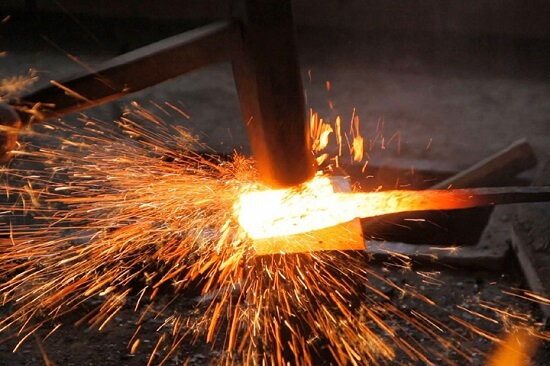
Such high techniques are adopted to making chef knives. For example, Sukesada Ueda invented the Tatara method to make chef knives which never chip in blades. He had researched forging process scientifically and inspected the traditional skills came down for hundreds of years among swordsmiths.
In Conclusion
Traditional Japanese swords for Samurai has many restrictions in making process to preserve its tradition, which makes unable to be evolved for more than a century. However, Japanese swords had developed and evolved by swordsmiths, specializing for weak physique and weak strength Samurai for more than 1000 years. Therefore, its sharpness and cutting ability is extreme.
Japanese chef knives are made on top of such specialized skills and techniques, and have kept evolved after the Japanese swords were abolished. So, knives could adopt higher quality materials of today and latest technologies to make it higher quality. Therefore, Japanese chef knives became to cut better than Japanese swords of Samurai which sometimes described as “magical sword” or “demon sword”.
How about try a Japanese chef knife in which long histories and techniques are accumulated?
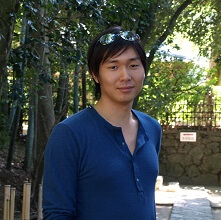
Author - Hiro
Lived in Kyoto in school days, I was impressed by profundity of history and tradition of the city. Had a job to join the three major festivals of Kyoto: Aoi, Jidai and Gion festivals. Love Kyoto and Japanese culture.
Manager of OrientalSouls.com, selling items of Japanese culture, tradition and craftsmanship. I'll introduce interesting information about Japan!

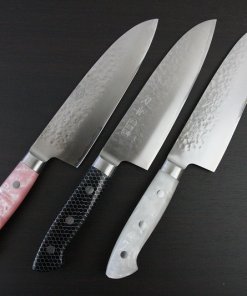
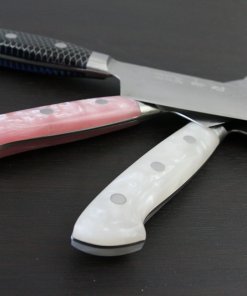
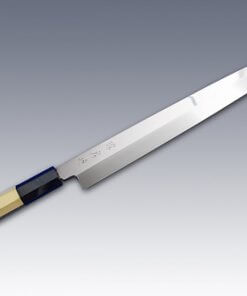
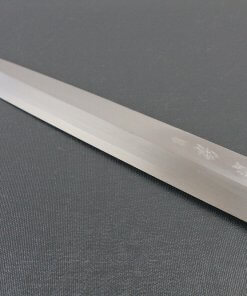
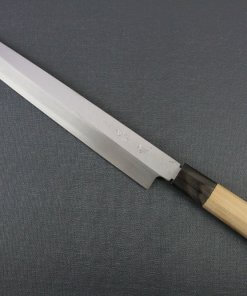
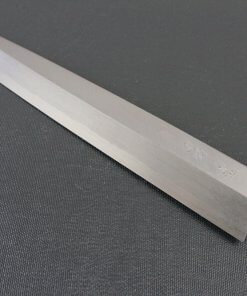
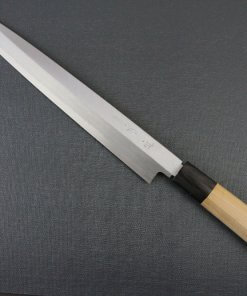
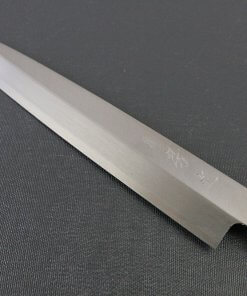
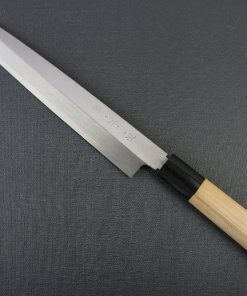
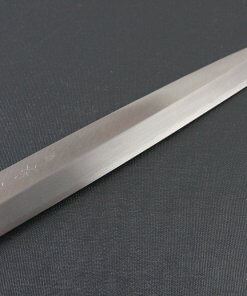
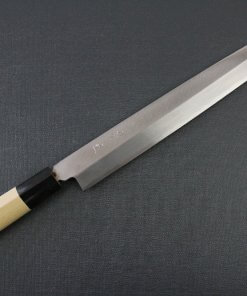
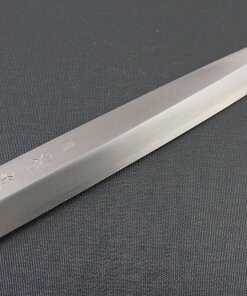
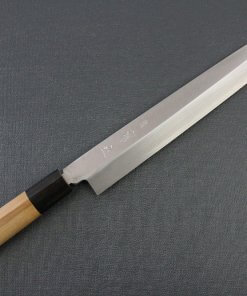
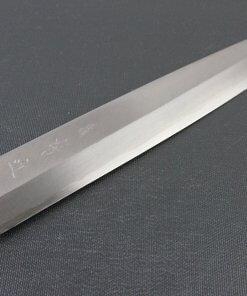
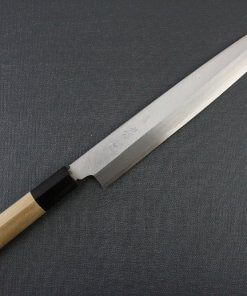
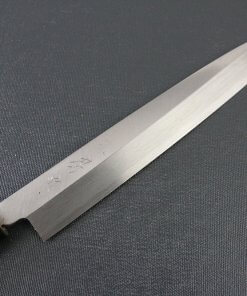
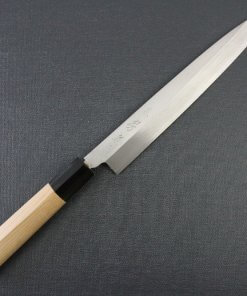
About Orientalsouls.com
Learn and Buy Japanese Craftsmanship, Tradition & Culture
OrientalSoul.com is the online shop where you can buy traditional crafts of Japan.
We only sell selected authentic products in which true spirits of Japanese craftsmanship exist.
You may be able to find similar products in other shops for lower prices. However, we sell products based on fair prices that worth labor and value of experienced craftsmen.
In addition, we introduce stories about product history, how a product is made, what makes it different from others, and how the product enriches your life!